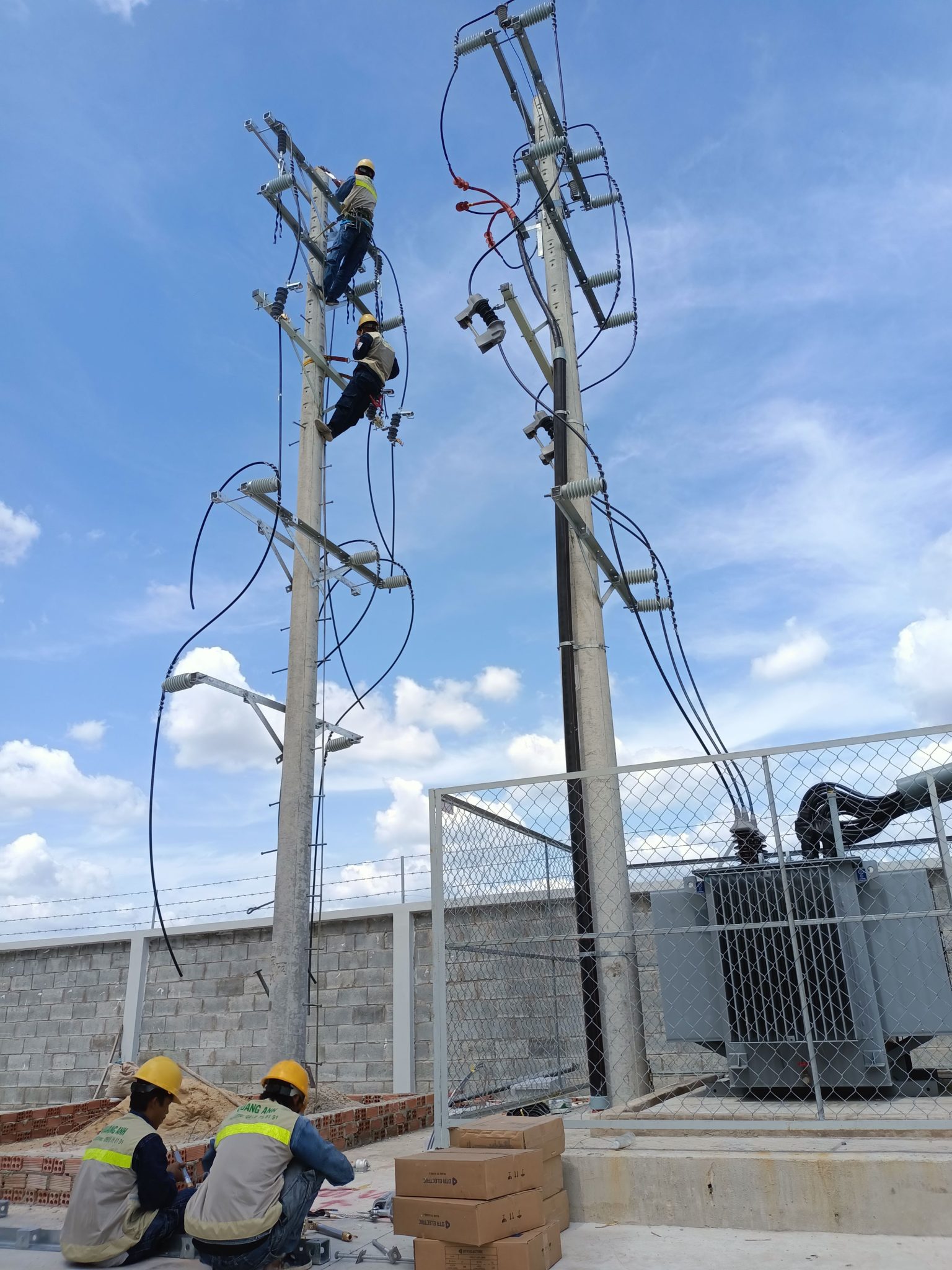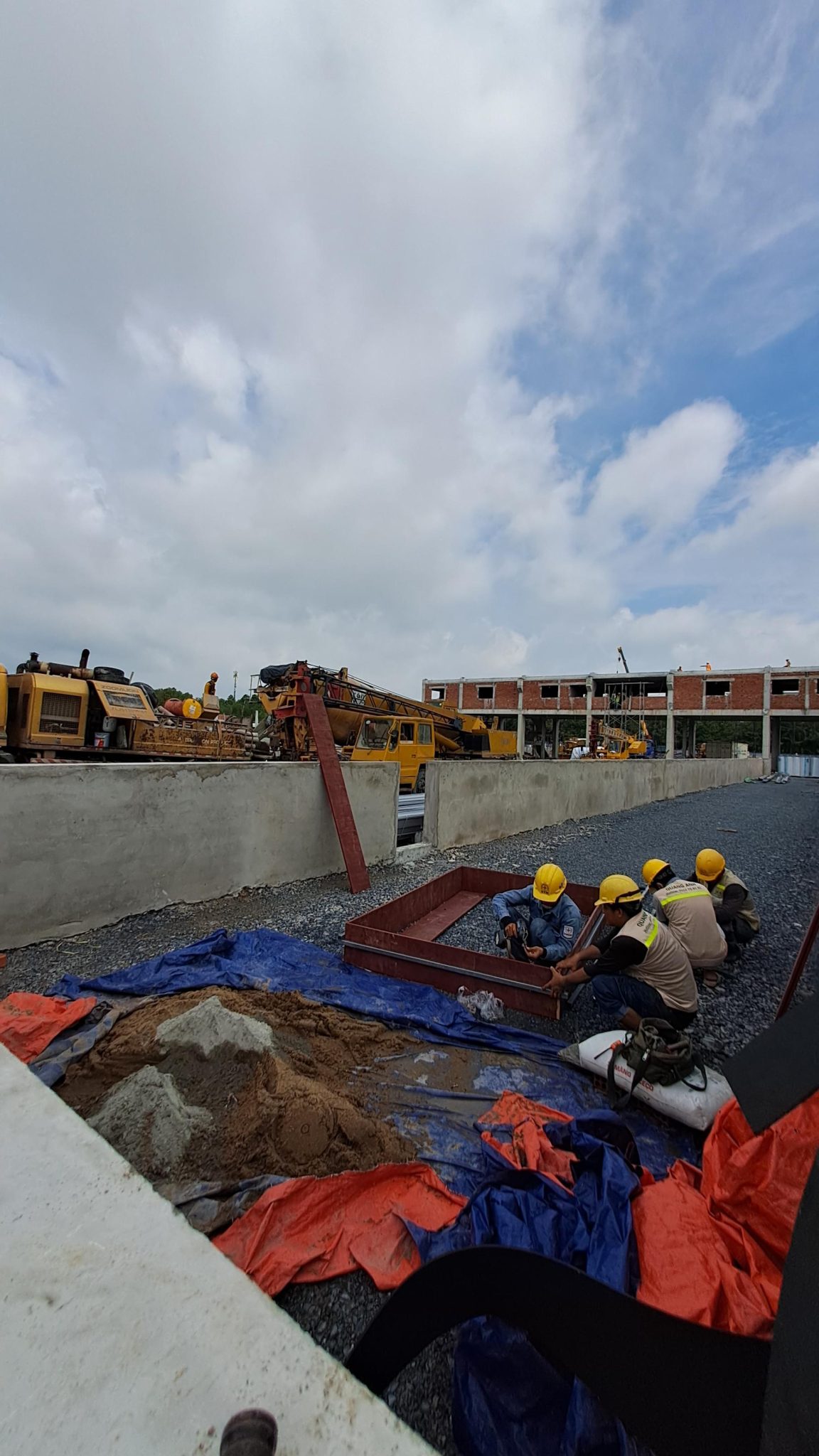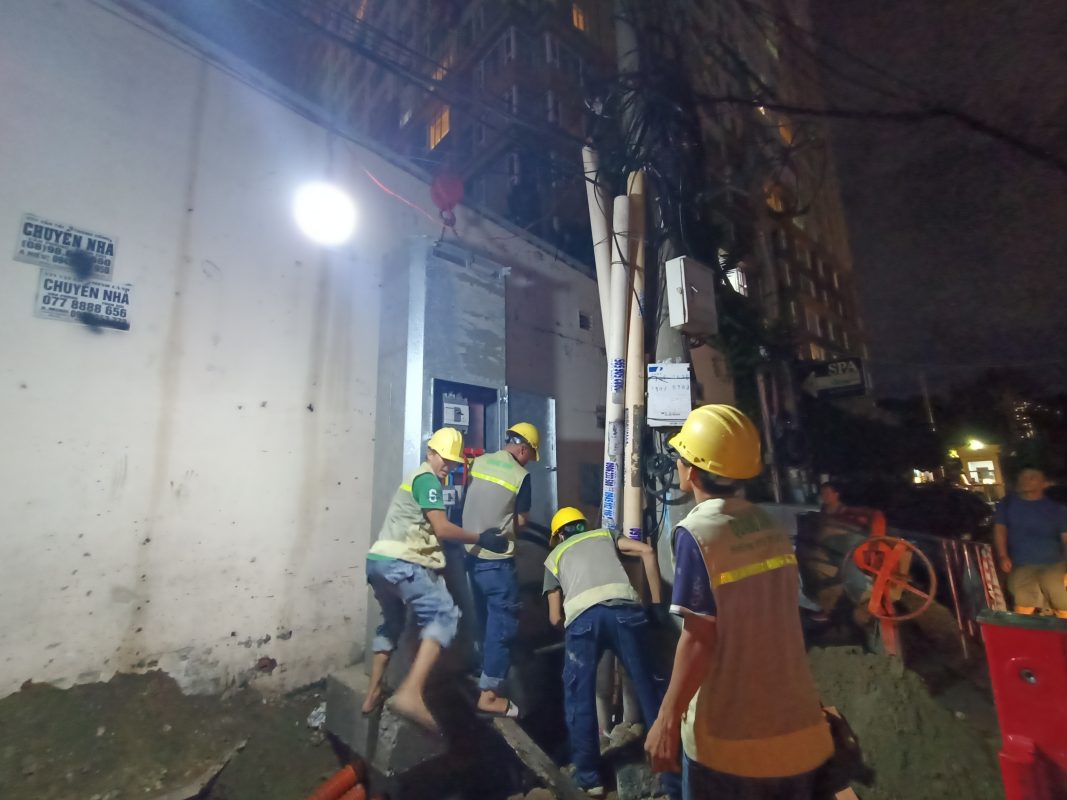Factory electrical systems are crucial for the supply and distribution of energy to manufacturing equipment. These systems include transformer stations, control panels, and lighting setups, ensuring efficient and safe operations.
Components of Factory Electrical Systems
A factory’s electrical system comprises key components like transformer stations, medium and low voltage control panels, and backup generators. Transformer stations adapt voltage, typically from 380V three-phase electricity, to meet production needs. Medium and low voltage control panels distribute electricity across different factory zones. Backup generators and switchgear are essential for continuous power supply during grid outages. This setup ensures optimal performance and safety for manufacturing operations.
Designed for high power demands, factory electrical systems prioritize safety and stability in production environments. The primary component is the heavy electrical system that supplies operational power to manufacturing machinery.
Heavy Electrical System
-
Transformer Stations and Medium/Low Voltage Control Panels
-
Transformer stations convert national grid voltage, typically 22kV or 35kV, to 380V or 220V, aligning with factory requirements.
-
Medium/low voltage control panels distribute electricity safely to different areas, ensuring secure isolation.
-
Generators and Automatic Transfer Switches (ATS)
-
Generators provide backup power during grid failures, with capacity based on factory scale.
-
Automatic Transfer Switches (ATS) ensure swift transition to generator power, typically within 10-15 seconds.
-
Main Distribution Boards (MSB/DB)
-
Main distribution boards (MSB) act as intermediaries between transformers and branch boards (DB), distributing electricity to machinery or production lines.
Light Electrical System
This includes control systems like PLC/SCADA for process automation and monitoring. Additionally, sensors and meters help detect temperatures, currents, and voltages to prevent early failure.
Industrial Lighting System
Industrial lighting using high-power LED lamps delivers economic benefits with a lifespan of 50,000–100,000 hours, optimizing the work environment.
Design and Installation Process
The process begins with calculating the total load required to select appropriate cables and circuit breakers (CB), planning high and low voltage networks, and implementing overcurrent and lightning protection systems for safety.
Safety Requirements
Compliance with IEC/TCVN standards, selecting equipment with IP54/IP65 dust and water resistance. Grounding systems must achieve ≤4Ω resistance, using grounding rods combined.
Modernization Trends
Stay updated by implementing inverters to cut motor energy use by 20–30% and using smart IoT monitoring systems to send alerts via mobile.

Common Technical Specifications of Factory Electrical Systems.
Utilizing 380V three-phase electricity, these systems are essential for production machinery. The system’s design adheres to industrial electrical safety standards, preventing electrical shocks and fire. Beyond protective devices, the system can be expanded or upgraded as production demands increase. These technical features enhance performance and ensure factory safety.
Factory electrical systems are foundational for all production and business operations. High performance and safety are ensured by following technical and safety standards during design. Key features include:
-
Design and Construction: Meeting electrical safety standards to prevent fire and electric shocks. High-efficiency equipment optimizes energy savings and performance.
-
Vital Components:
-
Transformer Stations: Critical for voltage conversion, aligning with factory needs. Reliable brands like ABB and Schneider are preferred.
-
Factory Control Panels: Including medium and low voltage panels, these safely distribute electricity, utilizing protective and switching devices from manufacturers like LS and Eaton.
-
Cable Systems and Cable Trays: Cadivi and Schneider cables transmit electricity from transformers to various zones. Cable trays secure and protect these systems.
-
Backup Equipment and Switching: Generators and switches ensure uninterrupted power. Products from Mitsubishi and Schneider meet these needs.
-
Electrical System Blueprints: Accurate calculations and representations in technical drawings ensure safe and efficient electricity use. Plans must clearly show positions and connections within the system.
Utilizing factory electrical systems demands precise design and construction, choosing reputable manufacturers’ components and devices for long-term efficiency and safety.

Factory Electrical System Design Process
Design starts with determining the necessary electrical load for the production area. Next is planning the high and low voltage networks, followed by creating connection diagrams and positioning electrical devices, control panels, and lighting systems. After design completion, safety checks ensure standards compliance. Finally, installation and testing guarantee stable operations.
-
Site Survey and Load Determination
- Survey: Integral in industrial electrical design, surveys gather detailed information about the electrical setup area, factory size, and specific customer requirements.
- Load Determination: A foundational step calculating total power consumption of concurrently operating equipment and machinery.
-
High Voltage Network Design
- Designing High Voltage Network: Deciding high voltage pole locations and planning wiring into the factory for optimal and safe setup.
- System Arrangement: Ensuring safe distance between lines and preventing safety hazards is crucial.
-
Low Voltage Network Design
- Low Voltage Network Design: Flexible placement of control panels, ensuring voltage below 1kV with safe connections.
- Safe Distance: Particular attention to maintain necessary separation between high and low voltage networks.
-
Lighting System Design
- Lighting Standards: Meeting important technical standards for brightness, light direction, and color temperature.
- Prudent Installation: Determine the number and position of lights to ensure sufficient illumination while conserving energy.
-
Power Factor Correction
- Power Factor Design: Choose compensating devices like capacitors to reduce energy losses and enhance electrical network efficiency.
-
Design Considerations
- Electrical Safety: Adhering fully to safety technical regulations to prevent accidents during operations.
- Energy Efficiency: Design aims to optimize energy use, minimize costs, and improve work efficiency.

Factory electrical systems are designed to provide reliable and safe power, promoting efficient production. Investing in advanced systems boosts productivity and ensures workplace safety.
Contact QuangAnhcons at Hotline: +84 9 1975 8191 for professional and effective factory electrical systems consultation.
QuangAnhcons specializes in consulting, designing, and installing factory electrical systems, ensuring safety and performance for your production activities.


Related Posts
Factory Electrical Systems: Comprehensive Design and Implementation Guide
Discover the detailed and safe process of factory electrical systems design and implementation. [...]
Oct
Blueprints Required for Factory Construction Permits
Discover the necessary blueprints in factory construction permit applications, from floor plans to electrical and [...]
Oct
What Are the Requirements for a Factory Construction Permit? A Comprehensive Guide
Explore the documentation and steps needed to secure a factory construction permit for streamlined project [...]
Oct
Factory Construction Permit Procedures in Vietnam: Essential Guidelines and Documents
Learn the procedures for securing a factory construction permit in Vietnam, focusing on document preparation [...]
Oct
Key Steps in the Factory Construction Process
Discover the essential steps and requirements for building factories. [...]
Oct
Comprehensive Electrical Substation Solutions by Quanganhcons
Discover the cutting-edge electrical substation solutions offered by Quanganhcons for industrial applications. [...]
Oct
Investment Costs for a 1MWp Solar Power System and Influencing Factors
Explore the investment costs for a 1MWp solar power system in Vietnam and the influencing [...]
Sep
QuangAnhcons: Elevating Wind Energy Solutions
Explore QuangAnhcons' leadership in wind energy and renewable solutions in Vietnam. [...]
Sep
Electrical Contractor Strategies at Becamex Industrial Park
Discover the strategic advancements and partnerships of the electrical contractor at Becamex Industrial Park. [...]
Sep
Investment Insights for 1MW Wind Energy in Vietnam: Costs and Opportunities
Discover the detailed analysis of costs and opportunities for investing in 1MW wind energy projects [...]
Sep
Advanced Electrical Installation Solutions by QuangAnhcons
Explore advanced electrical installation solutions and modern technology with QuangAnhcons. [...]
Sep
Enhancing Industrial Electrical Services with Quanganhcons
Discover Quanganhcons' expertise in industrial electrical services, offering efficient and sustainable power systems. [...]
Sep
Comprehensive MEP Solutions by QuangAnhcons: From Design to Maintenance Excellence
Discover optimal MEP solutions with QuangAnhcons, dedicated to excellence from design through maintenance. [...]
Sep
Comprehensive Electromechanical Contracting Solutions by QuangAnhcons
Explore QuangAnhcons' comprehensive services for efficient and safe energy system solutions. [...]
Sep
QuangAnhcons: Empowering Industrial Energy Solutions
Discover how QuangAnhcons delivers optimal industrial EPC solutions. [...]
Sep
Effective Industrial Construction Management and Execution
Optimize your industrial projects from design to execution with our contractor services. [...]
Sep
QuangAnhcons: Pioneers in M&E and Renewable Energy Solutions
Discover QuangAnhcons' innovative M&E services and renewable energy solutions. [...]
Sep
QuangAnhcons: Expertise and Outstanding Services in the Electrical Sector
Discover the unmatched expertise and services of QuangAnhcons, setting superior standards in the electrical contracting [...]
Sep
QuangAnhcons: Innovation and Precision in Industrial Electrical Contracting
Discover QuangAnhcons, a top contractor offering superior electro-mechanical solutions. [...]
Aug
Expert Solutions for 2x2500kVA Substation Projects with QuangAnhCons
Explore QuangAnhCons, a forefront entity in designing and constructing large industrial substations. [...]
Aug